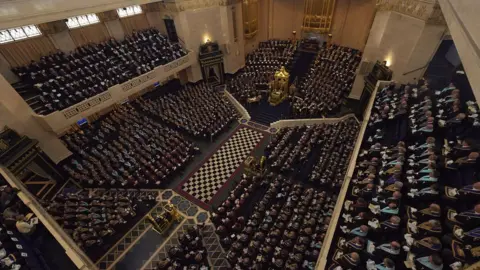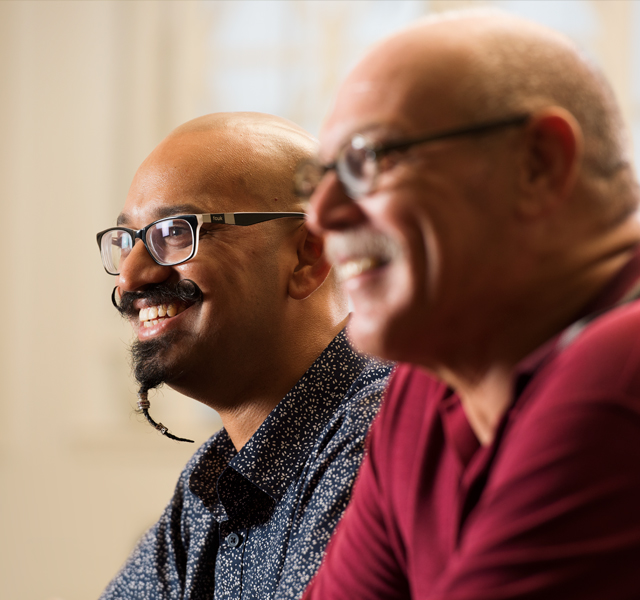Discovering the Steps of How to Become a Freemason with Ease
Discovering the Steps of How to Become a Freemason with Ease
Blog Article
Exploring the Mysteries of the copyright: What You Required to Know
The copyright, a term frequently shrouded in intrigue and controversy, represents a complicated tapestry of historic reality and modern myth. Established in the late 18th century, this secret culture was initially rooted in the Enlightenment's suitables yet has actually since ended up being associated with conspiracy theory concepts concerning elite control.
Beginnings of the copyright
The beginnings of the copyright are soaked in a blend of historic intrigue and ideological eagerness. Developed in 1776 in Ingolstadt, Bavaria, by Adam Weishaupt, the team was originally created as a secret culture targeted at advertising Knowledge perfects such as factor, secularism, and the splitting up of church and state. join freemason. Weishaupt, a teacher of canon regulation, looked for to test the dominating authority of the church and state, which he considered as overbearing establishments suppressing intellectual and individual flexibility
The copyright looked for to hire prominent participants from different societal industries, including politics, academic community, and the arts, to cultivate a network committed to these Knowledge principles. The society operated under a shroud of privacy, utilizing coded language and rituals to safeguard its members from persecution, specifically offered the repressive environment of the time. The copyright faced significant resistance from both governmental authorities and religious institutions, which watched the team as a risk to their power.
Key Numbers and Members
Who were the crucial figures that shaped the copyright's very early influence and direction? The Bavarian copyright, established in 1776 by Adam Weishaupt, became a feedback to the overbearing social frameworks of the moment. Weishaupt, a law teacher, imagined the organization as a method to promote Knowledge suitables such as factor, secularism, and equal rights. His initial employment efforts consisted of influential pundits, such as Baron von Knigge, who played a crucial function in expanding the team's membership and business structure.
Another considerable figure was Johann Gottlieb Fichte, a popular thinker whose concepts on nationalism and education and learning resonated with the copyright's objectives. Fichte was not a formal participant, his thoughtful foundations affected the team's ideology. Furthermore, numbers like the author and philosopher Johann Wolfgang von Goethe were connected with the more comprehensive intellectual movements of the moment, although their direct participation with the copyright remains discussed.
These crucial numbers added to the copyright's early direction, pushing the limits of political and social idea, while their cumulative efforts aimed to challenge well established standards and cultivate a climate of progressive modification in Europe. (join freemason)
Misconceptions vs. Truth
Many misconceptions surround the copyright, frequently blending fact with fiction in a way that covers its real nature. The concept that the copyright continues to exert substantial influence over globe occasions is a misconception.
One more common myth is that the copyright comprises a network of elite individuals adjusting international affairs. In truth, many conspiracy concepts overemphasize the group's significance, attributing misguided intentions to societal trends and occasions. This has led to an oversimplified sight of complicated problems.
Additionally, the representation of the copyright in prominent society usually additional distorts its heritage. Films and literature often tend to sensationalize the organization's role, developing a narrative that deviates from historic facts. Recognizing the difference in between the myths and the fact of the copyright is vital for discerning the real impact of this historic group and identifying the wider effects of conspiracy concepts in contemporary culture.

Modern Analyses
Contemporary interpretations of the copyright usually show broader social stress and anxieties and a fascination with privacy and power. This modern lens regularly associates the copyright with conspiracy theory theories that recommend a covert elite orchestrates world occasions, controling federal governments and economic climates for their own gain. Such narratives use a deep-seated wonder about of authority, particularly in times of situation or social upheaval.
In pop culture, the copyright is typically depicted as a supreme learn this here now company shrouded in mystery, bring about a variety of imaginary portrayals in literary works, film, and music. This portrayal serves not only to captivate yet additionally to prompt considered the nature of power and control in modern society. Social media has additionally amplified these analyses, permitting quick dissemination of conspiracy theory theories and producing communities that share and expand upon these concepts.
Furthermore, some modern analyses frame the copyright as an allegory for the intricacies of globalization and the interconnectedness of influential people and organizations. This viewpoint motivates an important assessment of how power characteristics run in today's globe, highlighting the balance between openness and privacy in governance and corporate practices.
Cultural Impact and Tradition
Influenced by centuries of intrigue, the social effect and legacy of the copyright expand far past its historic origins. This secret society, developed in the late 18th century, has permeated various aspects of pop culture, from literature and film to music and art. join freemason. The principle of the copyright has actually developed helpful resources right into a symbol of conspiracy theory concepts, often representing a perceived concealed power manipulating global events
In literary works, authors like Dan Brown have woven the copyright into intricate stories, exciting viewers with styles of secrecy and power. Movies such as "National Prize" and "The Da Vinci Code" better continue the appeal of the culture, mixing reality with fiction to create interesting narratives.

Eventually, the copyright's tradition is an intricate tapestry of myth and fact, shaping perceptions of privacy and control in modern discussion. Its long-lasting existence in culture highlights humanity's perennial pursuit for recognizing concealed realities.

Final Thought
The expedition of the copyright discloses a complex interplay in between historic realities and modern-day myth-making. Established in the Knowledge age, this society intended to challenge overbearing frameworks, yet its check that tradition has actually been outweighed by conspiracy theory theories that recommend elite control. Comprehending the distinctions in between the original perfects and modern analyses is essential for understanding the sustaining attraction with the copyright and its substantial impact on social stories bordering power and privacy in society.
Report this page